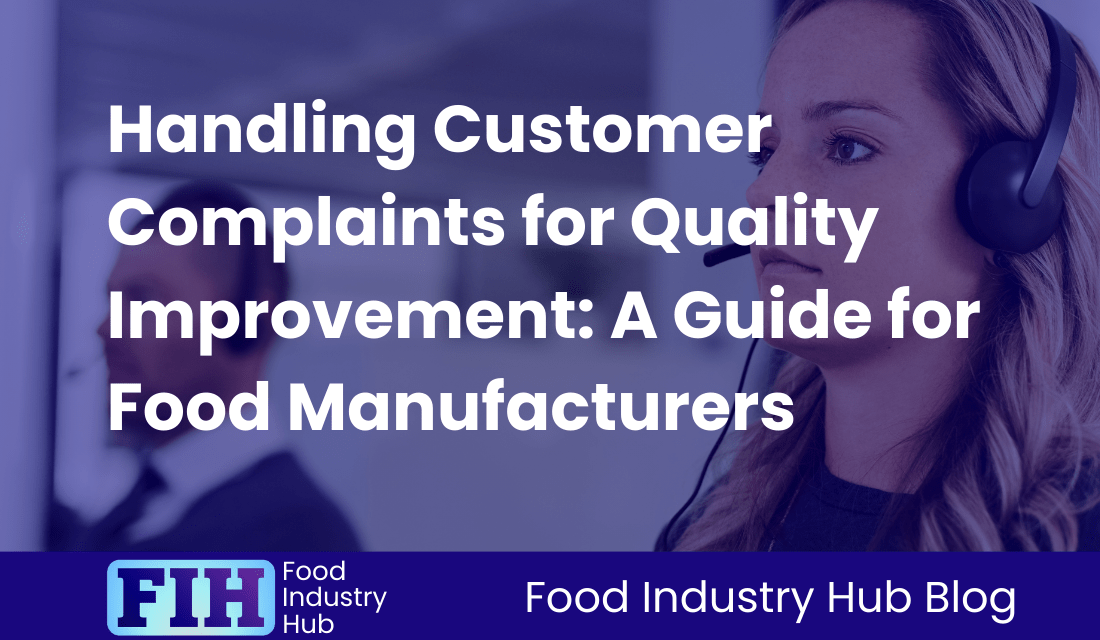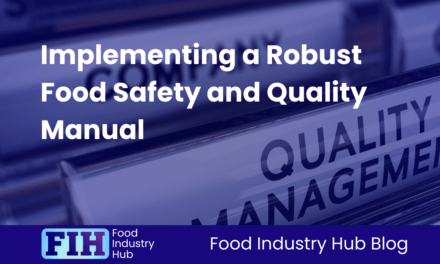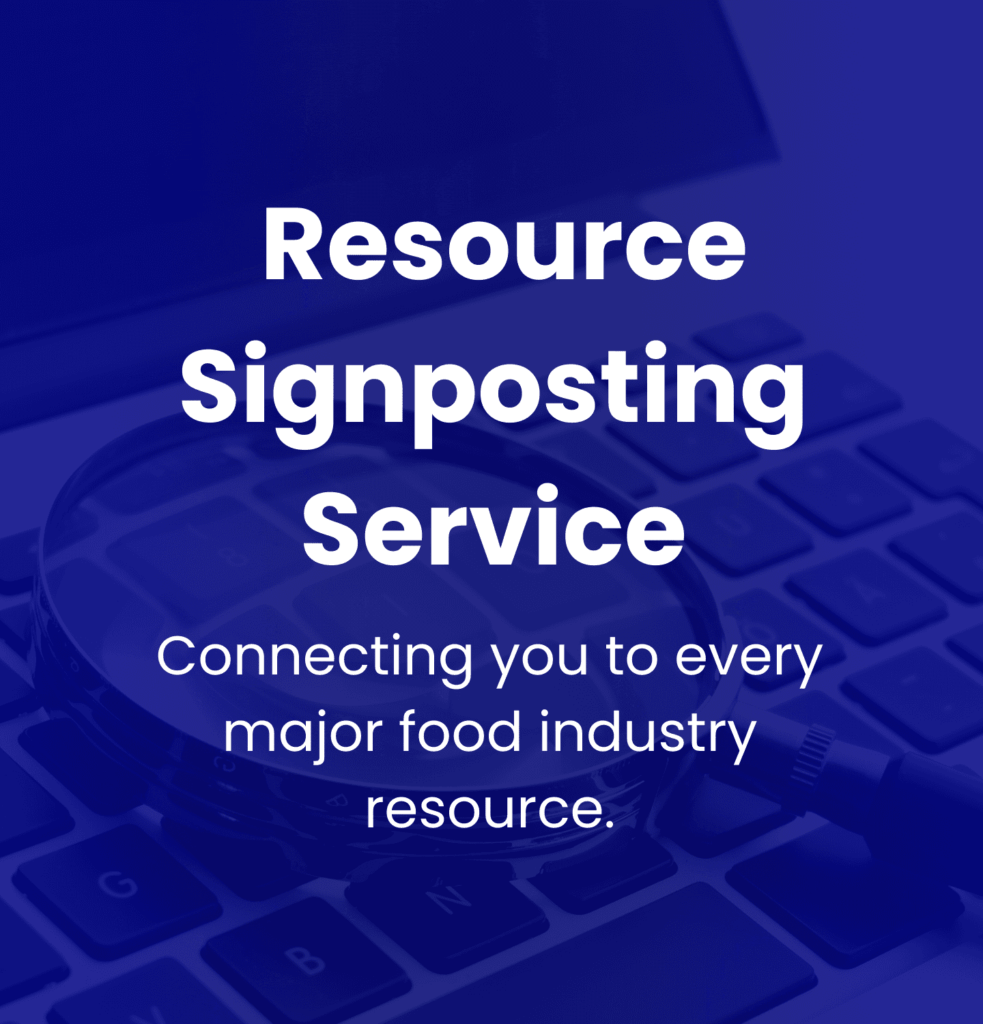Introduction
As a food manufacturer, you understand the importance of delivering high-quality products to your customers. However, no matter how meticulous your processes are, there will inevitably be instances where complaints arise.
In this post, we will explore the process of constructively handling customer complaints for quality improvement.
By implementing effective complaint management systems, conducting thorough investigations, and leveraging complaints for continuous improvement, you will not only resolve customer issues but also enhance the overall quality of your products.
As we dive into the topic, you’ll be interested to know that Food Industry Hub offers integrated management systems for food manufacturers, which you can use to strengthen your assurance processes.
Table of Contents
Key Takeaways
- Customer complaints are a valuable source of feedback for food manufacturers, helping to identify and address unnoticed issues and provide insights for necessary improvements.
- Establishing a complaint management system with clear and accessible channels for complaint submission, timely resolution of complaints, and a commitment to customer service can help maintain customer trust and satisfaction.
- Thoroughly investigating complaints and implementing appropriate corrective actions, including short-term fixes and long-term solutions, is essential to prevent recurrence and improve overall product quality.
- Using root cause analysis to drive preventive actions, such as process improvements, employee training, and quality control measures, can mitigate the risk of recurring issues and promote proactive change to prevent similar problems in the future.
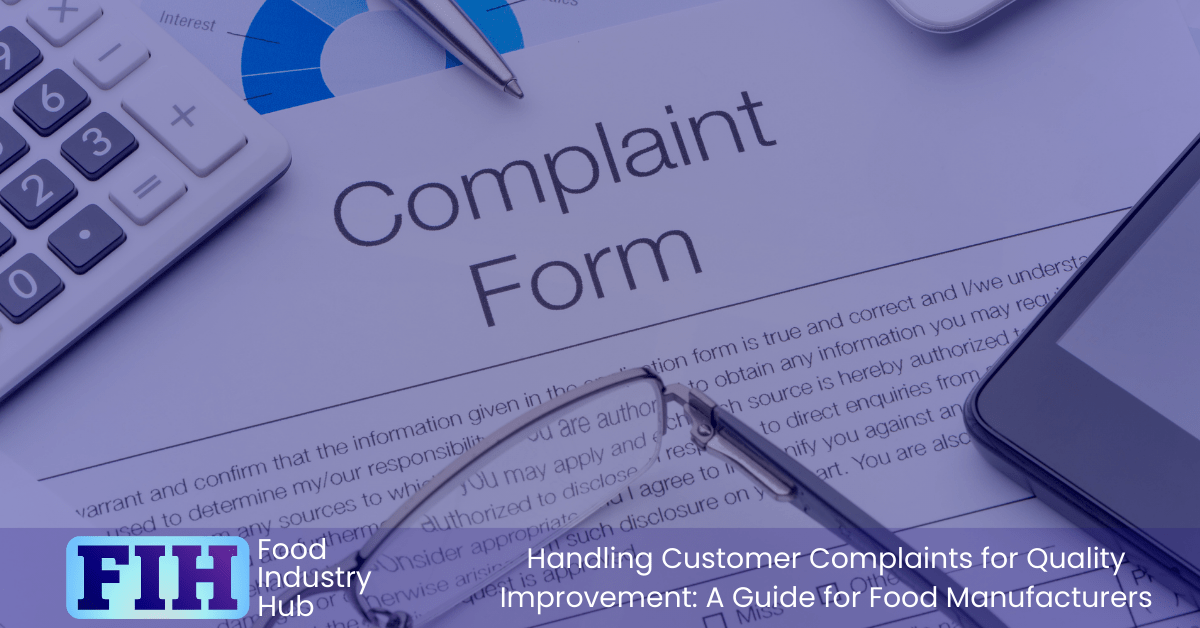
Food Industry Hub Management Systems helps your team streamline food safety and quality management processes, leading to greater operational confidence and dependable quality assurance.
Importance of Customer Complaints
Why are customer complaints so important for food manufacturers?
Customer complaints are a valuable source of feedback for food manufacturers. They provide an opportunity to identify and address issues that may otherwise go unnoticed. By paying attention to customer complaints, manufacturers can gain insights into areas where their products or processes may be falling short. This feedback can help them make necessary improvements to the quality management system.
Customer complaints also serve as an early warning system for potential food safety issues. By monitoring and addressing complaints promptly, manufacturers can prevent larger problems from occurring. This proactive approach demonstrates a commitment to food safety and can help maintain trust.
In addition, customer complaints can help food manufacturers identify trends and patterns. By analysing the types of complaints received, manufacturers can identify common issues and take appropriate action. This can lead to improved processes, better quality control, and ultimately, enhanced product offerings.
Customer complaints provide an opportunity for food manufacturers to engage with their customers and show that their opinions matter. By responding to complaints promptly and effectively, manufacturers can demonstrate their commitment to customer service and build customer loyalty.
Establishing a Complaint Management System
To effectively handle customer complaints, food manufacturers need to establish a robust complaint management system. This system will serve as a structured approach to receiving, documenting, and resolving customer complaints, ultimately leading to quality improvement.
The first step in establishing such a system is to designate a complaint management team within your organisation. Complaints management shouldn’t be the exclusive responsibility of the quality department and it’s a good idea to have a broad range of departments/functions represented through the complaints management team. The team should consist of individuals who are knowledgeable about your products and processes, as well as skilled in problem-solving and customer service. They’ll be responsible for handling all customer complaints and ensuring they’re addressed in a timely and effective manner.
Next, you need to create a clear and accessible process for customers to submit their complaints. This can be done through various channels such as a dedicated email address, a specific role-holder, or an online form on your website. Make sure to communicate these channels to your customers and provide them with clear instructions on how to submit their complaints.
Once a complaint is received, it’s crucial to document all relevant information, including the customer’s contact details, the nature of the complaint, and any supporting evidence provided. This documentation will be needed for analysis and trend identification later on.
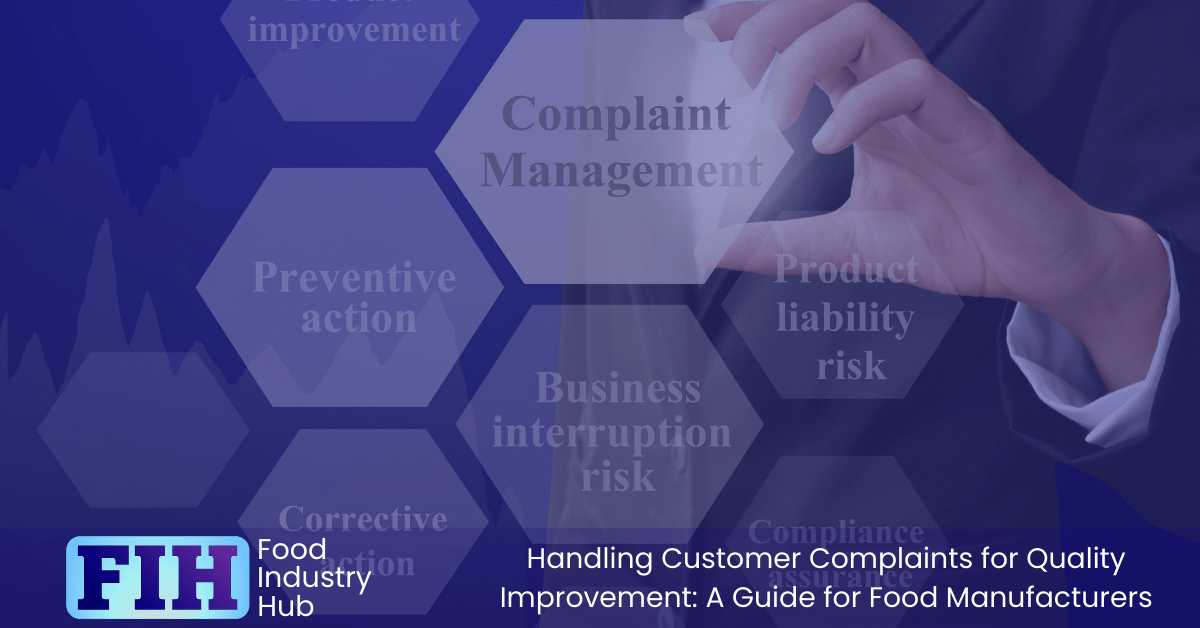
Sign-up for the Food Industry Hub Mail Service
We regularly produce new content for food industry professionals, and the Food Industry Hub Mail Service is the best way to stay up to date with the latest additions.
Signup today to be added to the Food Industry Hub mailing list.
Thorough Investigation of Complaints
It’s essential for food manufacturers to conduct thorough investigations into each complaint received. When a customer raises a complaint about a product, gather all the necessary information needed to understand the issue fully and facilitate investigation. This includes obtaining details such as the product name, batch number, expiration date, and any relevant packaging information. Additionally, it’s important to document the customer’s complaint in detail, including the nature of the problem, any adverse effects experienced, and the date of occurrence.
Once the initial information has been collected, the next step is to conduct a comprehensive investigation. This involves examining the manufacturing process, quality control procedures, and any other relevant factors that could have contributed to the complaint. It’s important to involve all relevant departments, such as production, quality assurance, and customer service, in the investigation process.
During the investigation, it’s good practice to maintain clear communication with the customer. Regular updates should be provided to keep them informed about the progress of the investigation and any corrective actions being taken. This helps to build trust and demonstrates the company’s commitment to resolving the issue. Proactive communication also forms the basis for expectations management – so the quality of the communication approach can be a major influence on customer satisfaction, independent of the outcome of the investigation.
The underlying purpose of the investigation should not only be to identify the immediate/proximal cause for the defect that led to the complaint, but to identify the root cause that allowed for the defect to manifest. So, if a complaint was caused by a product quality defect, what assurance processes should have prevented that defect – and why did they fail?
Thoroughly investigating customer complaints enables food manufacturers to identify the root cause of problems and implement appropriate remedial actions. It also provides valuable insights for continuous improvement and helps reduce the likelihood of similar issues from recurring in the future. By investing time and resources into a thorough investigation process, food manufacturers can improve their products, enhance customer satisfaction, and maintain a strong reputation in the market.
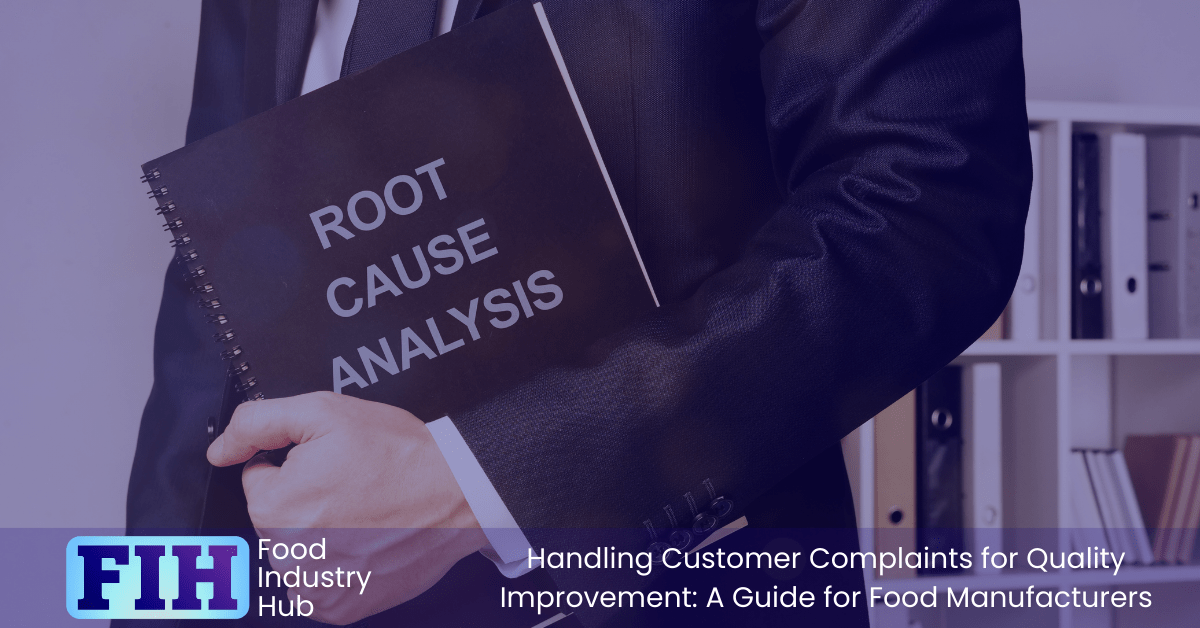
Implementing Corrective Actions
Once the root cause of the customer complaint has been identified through a thorough investigation, it’s time to implement corrective actions to address the issue. Taking prompt and effective corrective actions is crucial for food manufacturers to maintain customer satisfaction and prevent similar complaints in the future.
To begin with, develop a clear plan outlining the specific actions that need to be taken. This plan should include a timeline for implementation and designate responsible individuals or teams. Communicating this plan to all relevant stakeholders is important to ensure everyone is on the same page and that they understand their roles in the process.
Next, corrective actions should focus on addressing the root cause of the complaint. This could involve revising manufacturing processes, improving quality control measures, or providing additional training for employees. It’s important to consider both short-term fixes and long-term solutions to prevent the issue from recurring.
Once the corrective actions have been implemented, it’s essential to monitor their effectiveness. This is to challenge whether corrective/preventive actions have sufficiently targeted weaknesses in the quality system, and whether they’ve effectively mitigated for any shortfalls in quality assurance and quality control processes. Regularly reviewing and evaluating the results will help determine if the changes made have successfully resolved the issue. If necessary, adjustments can be made to further improve the responsive actions.

Using Root Cause Analysis to Drive Preventive Actions
Root cause analysis helps identify the underlying causes of customer complaints and allows you to take proactive measures to prevent similar issues from occurring in the future.
When a customer complaint arises, dig deep and understand the root cause of the problem. This involves conducting a thorough investigation and analysis of the entire process, from receiving raw materials to the final product’s delivery. By identifying the root cause, you can address the underlying issue rather than just responding to symptoms.
Once the root cause is identified, it’s necessary to implement preventive actions to mitigate the risk of recurrence. These actions can include process improvements, employee training, implementing new quality control measures, or even modifying product recipes/specifications. The goal is to implement changes that will prevent similar issues from happening again – ensuring customer satisfaction and maintaining product quality.
To drive preventive actions effectively, it’s essential to establish a robust feedback loop within your organisation. This involves sharing the findings from root cause analysis with relevant stakeholders, such as production managers, quality control personnel, and suppliers. By involving the right people, you can collectively develop and implement preventive actions that address the root cause and improve overall product quality.
Trending Complaints to Identify Systemic Weaknesses
Analysing trends in the nature and frequency of complaints received can support the objective of identifying systemic weaknesses in the food manufacturing process (in conjunction with other data points such as the occurrence of operational nonconformances). By examining the complaints received from customers over a specific period of time, you can identify patterns or recurring issues that need to be addressed. These trends in complaints can provide valuable insights into the areas of your operations that may be causing defects and dissatisfaction among customers.
A complaints management system allows you to track and categorise customer complaints, making it easier to identify common themes or issues. By regularly reviewing the data collected in the complaint management system, you can spot any emerging trends and take proactive measures to address them.
Complaints data can be used in tandem with customer feedback gathered through satisfaction surveys. Paying attention to the comments and reviews customers share about your products or services can help you identify any areas for improvement. By monitoring customer feedback, you can quickly identify issues that are affecting a large number of customers and take appropriate actions to rectify them.
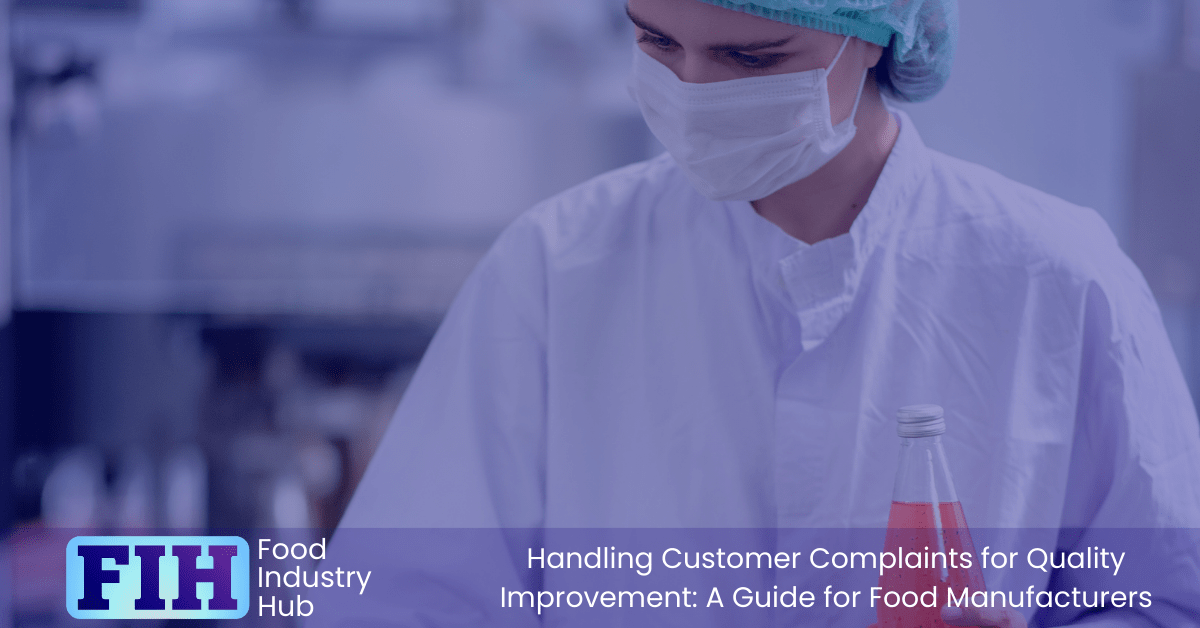
Communicating Resolution to Customers
Once you have investigated and resolved the issue, it’s important to let your customers know about the actions taken. Promptly reaching out to them shows that you value their feedback and are committed to resolving their concerns.
Start by acknowledging their complaint and expressing your gratitude for bringing it to your attention. Apologise for any inconvenience caused and assure them that steps have been taken to prevent similar issues in the future. Clearly explain the resolution, including any corrective actions and improvements made. Be transparent about the process and provide relevant details, such as new quality controls or changes to manufacturing processes.
When communicating the resolution, choose the most appropriate channel based on the nature of the complaint and your customers’ preferences. This could be through email, phone, or even in-person if necessary. Ensure that your message is clear, concise, and easy to understand. Use a friendly and empathetic tone to show that you genuinely care about their satisfaction.
Lastly, encourage customers to provide feedback on their experience with the resolution. This will help you evaluate the effectiveness of your actions and make further improvements if needed. By effectively communicating resolutions, you can’t only address individual complaints but also build trust and loyalty with your customers.
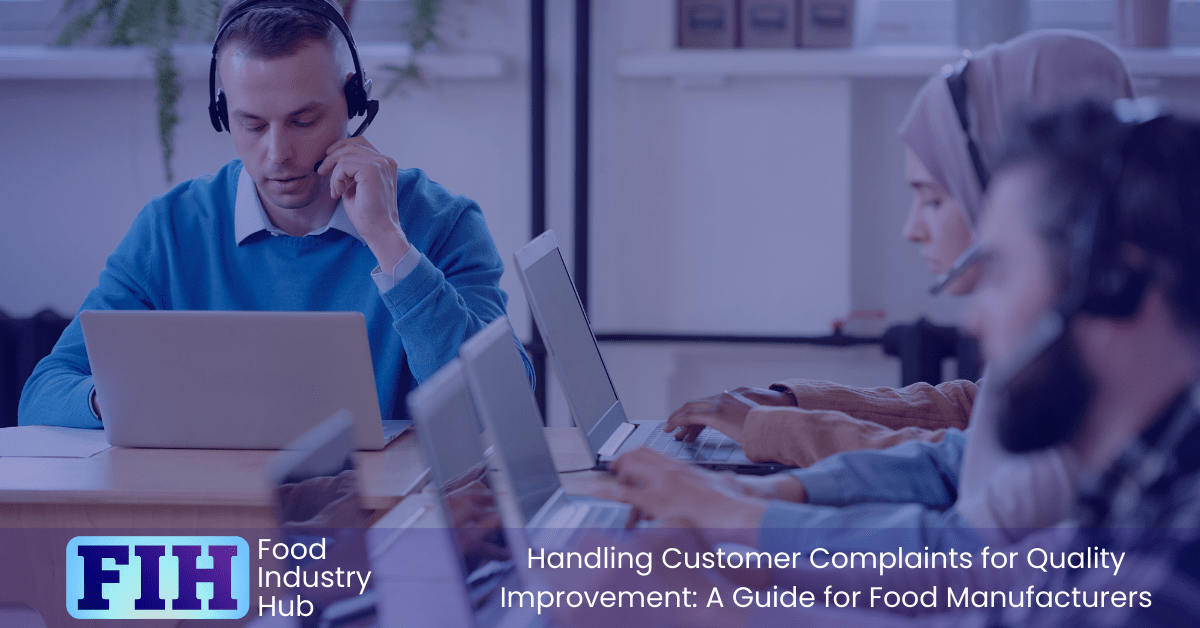
Training and Empowering Customer Service Staff
Your customer service staff is on the front lines of dealing with customer complaints, and they need to be equipped with the right skills and knowledge to handle these situations effectively. By providing comprehensive training, you can ensure that your staff understand the importance of customer satisfaction and know how to address complaints in a professional manner.
Start by educating your customer service staff about your products and processes. They should have a deep understanding of your food manufacturing operations, including how your products are made, the ingredients used, and any quality control measures in place. This knowledge will enable them to provide accurate and relevant information to customers when addressing their complaints.
In addition to product knowledge, your staff should also be trained in effective communication and problem-solving techniques. They should know how to actively listen to customers, empathise with their concerns, and find appropriate solutions.
Empowering your customer service staff is equally important. Give them the authority to make decisions and resolve complaints without having to constantly consult with higher levels of management. This won’t only speed up the complaint resolution process but also make your staff feel valued and trusted.
Leveraging Complaints for Quality Improvement
Complaints from customers can be leveraged as valuable feedback for improving the quality of your food manufacturing processes. By paying close attention to customer complaints, you can identify patterns or recurring issues that need to be addressed. Complaints can serve as an early warning system, alerting you to potential problems before they become widespread.
Conduct a thorough analysis of each complaint received and look for common themes or root causes that may be affecting multiple customers. This analysis can help you pinpoint areas of improvement in your processes, such as ingredient sourcing, production methods, or quality control measures.
Remember to involve key stakeholders in the complaint resolution process. Engage with your production team, quality assurance staff, and suppliers to gain insights and perspectives on potential solutions. By involving these people, you can foster a collaborative environment focused on continuous improvement.
In Summary
Complaints may seem inherently negative, but they are really useful sources of information about your quality system. Don’t think of complaints as ‘bad news’ – look at complaints constructively and treat them as a guide for where to focus continuous improvement efforts.
Further Resources
Food Industry Hub serves the food industry with a range of digital resources for the benefit of both commercial food manufacturers and food industry professionals.
For food manufacturers, we offer integrated management systems that give every user a direct interface with your QMS.
For food industry professionals, we provide an extensive signposting service in addition to informational content we hope you’ll find useful as you face new professional challenges. We have very ambitious plans to expand the range of services offered, and currently present informational content on management, safety and quality, and professional success.

